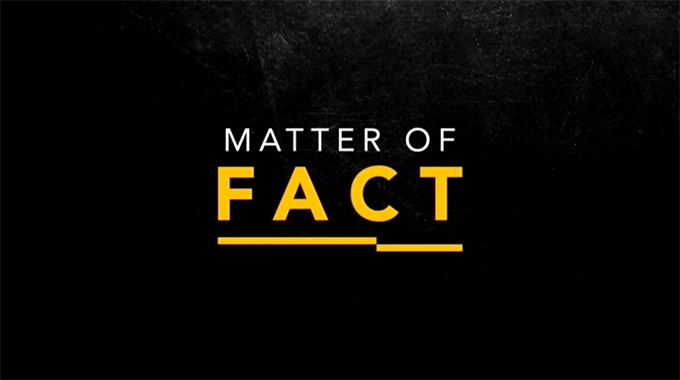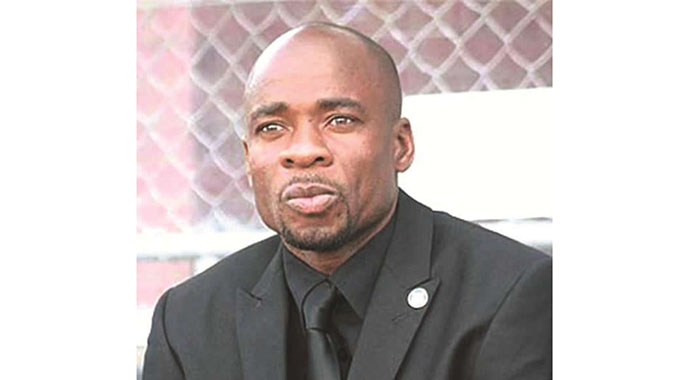From Haina Ngozi to Boys in Blue and then to DeMbare

Charles Mabika Special Correspondent
FORMED shortly after two local sides, Salisbury City and Salisbury United, disbanded at the end of the 1962 season, Dynamos have been the country’s most successful and popular football team ever since.
With the bulk of their players then resident in the high-density suburb of Mbare, the side won their maiden league title in their debut season in 1963.
And from then, Dynamos have earned various nicknames along that illustrious journey, from their fans and sports journalists alike.
One of the main reasons why the all-black side drew so many indigenous fans in the top-flight league was the fact that upon the rise of African nationalism in the country in those early 60s, they performed so well against the predominantly white teams like Salisbury Callies, Postals, Italians and British South Africa Police (BSAP) which resulted in their first-ever nickname — Haina Ngozi.
That original nickname, coined by their faithful, was originally Haina Ngezi; the second word in the phrase being a Shona term to describe the white race.
And because during that colonial era, one ran the risk of being arrested for any seeming slander against the white population, the team’s fans disguised the Ngezi to become Ngozi, meaning the team’s flawless and brilliant performances were purely natural and not aided by any evil spirits.
Bruce Mutsago (85), who was born and bred in Mbare’s former Old Bricks section and has been a Dynamos fan for his whole life, revealed that it felt safer referring to the team as Haina Ngozi rather than Haina Ngezi.
“You see, during those colonial days, we were practically oppressed and harassed for no particular reason with arrests for petty issues being a daily occurrence. For example, a black person had to depart from the city centre around 1pm and head back to the former townships because only whites could roam freely in the city centre until the cows came home. So if you were caught by the police, you would be arrested. We were not allowed to buy clear beer from supermarkets. Only whites and sometimes, the so-called Coloureds, were allowed to do so.
“There was so much repression going on that one had to be really careful about what they said in public. And because our team, Dynamos, performed so brilliantly against the whites on the football pitch — the only platform we could compete fairly against them — and because we had no white man in the line-up, we coined that nickname (Haina Ngezi) as a sarcastic and boastful way to depict the team’s identity. And yet you couldn’t utter that whole nickname in its original form and that’s why we disguised it as Haina Ngozi, and it was also a sweet pill for us to swallow because when we won our first league title in 1963 following our formation, we beat an all-white team Salisbury Callies into second place, something that was a bitter pill for them to swallow,” he reminisced.
Mutsago said he no longer goes to stadiums to watch his team anymore because of his advanced age. He however, said Dynamos teams of the past two decades, do not match the standard of squads before them.
“For me, the finest line-up was the 70s-80s side that was led by the late George ‘Mastermind’ Shaya followed by the original one that included the likes of goal king Freddy Mukwesha, Alan ‘Teacher’ Hlatywayo, Alois ‘Smiler’ Meskano, Lameck ‘Honda’ Mlambo, Sydney Dick, Bernard ‘Magitare’ Marriot and the dazzling midfield skills of Patrick ‘Amato’ Dzvene. In third place for me, it has to be the 80-90s line-up which had Moses Chunga as its architect and well supported by his brother Kembo, Kenneth ‘Computer’ Jere, David ‘Yogi’ Mandigora, Edward ‘Madhobha’ Katsvere and Gift ‘Ghetto’ Mpariwa,” he said.
That 70s-80s side also earned the nickname “Glamour Boys”, which was coined by former Herald Sports Editor, Glen Byrom, in the late 70s because of the glamorous moves that had Shaya at the forefront with other stalwarts like Ernest “Nyamuzihwa” Kamba, David “Broom Boy” George, Oliver ‘’Flying Saucer” Kateya, Shaw “Kojak” Handriade, Daniel “Dhidhidhi” Ncube, Sunday “Mhofu” Chidzambwa, Shepherd “Shepidho” Murape, Isaac “Musasa” Nhema, and Cremio “Tiger’’ Mapfumo.
Byrom’s successor at The Herald, and Dynamos founder member, Hlatywayo, who had earlier coined Shaya’s famous nickname; also coined the nickname “Boys in Blue” to describe his former side because of their distinctive home strip.
The club’s fans came up with another nickname in the early 90s – Seven Million. This moniker was a “cheeky” depiction that every one of Zimbabwe’s residents (with the country’s population then officially recorded as 7 million) was a Dynamos follower.
I then coined the nickname (Dinamo) DeMbare after watching a team from Madagascar called Dinamo de Fima who had come into the country to play CAPS United in an African Cup Winners clash at Rufaro.
The visitors hailed from a suburb called Fima and because Dynamos had its origins in Mbare back in 1963 when they formed, I came up with that nickname during my next radio commentary following the CAPS United-Dinamo de Fima tie. The club’s fans continued to coin another nickname – Chazunguza – loosely translated as the Tree Shakers because those fans reckoned that their team could shake off any opposition from its roots.








Comments